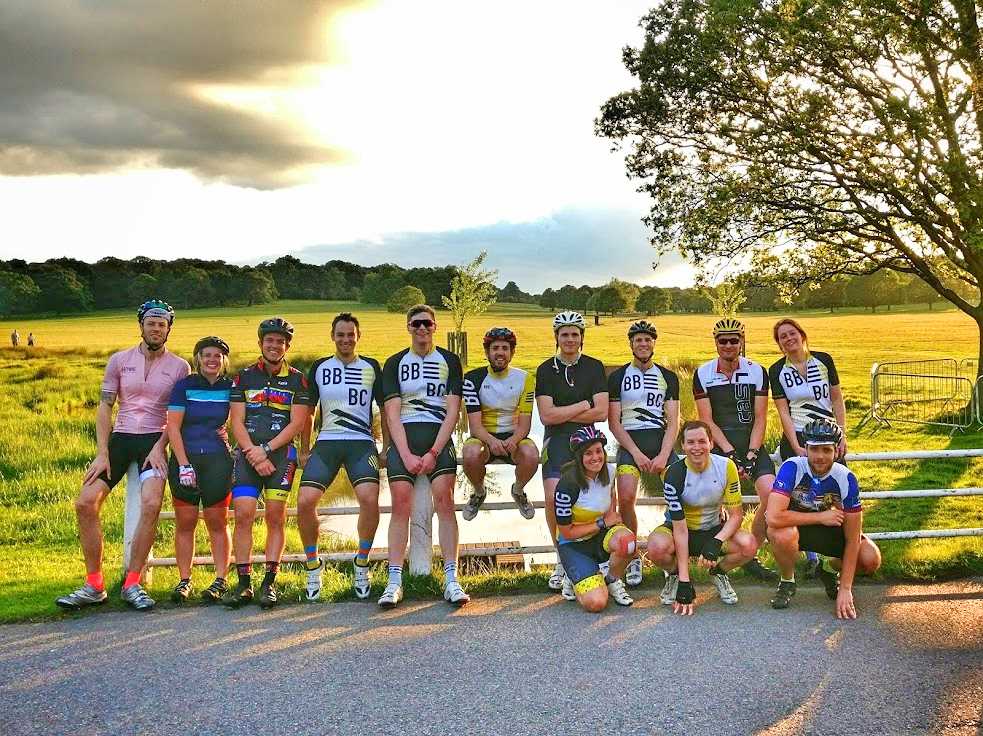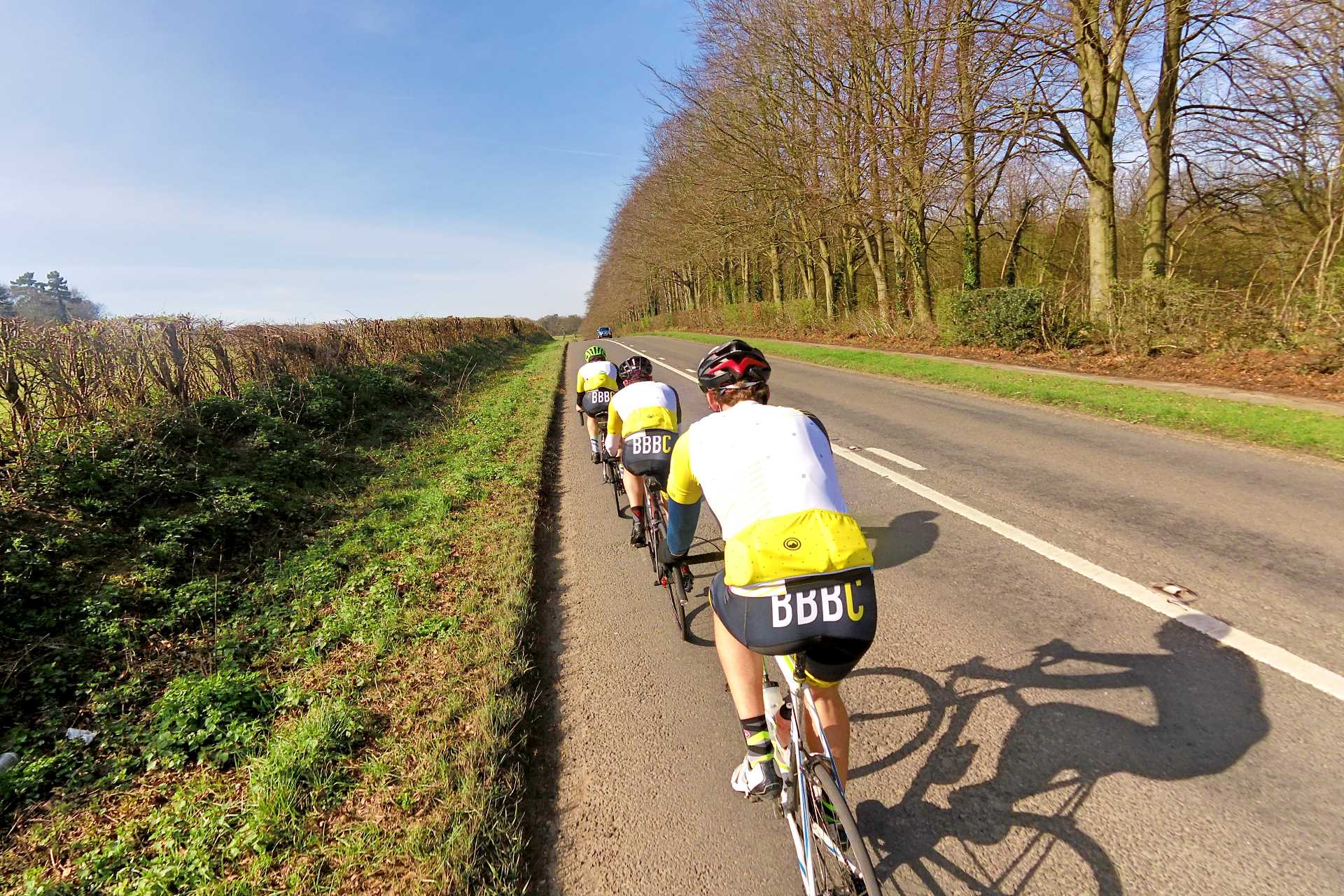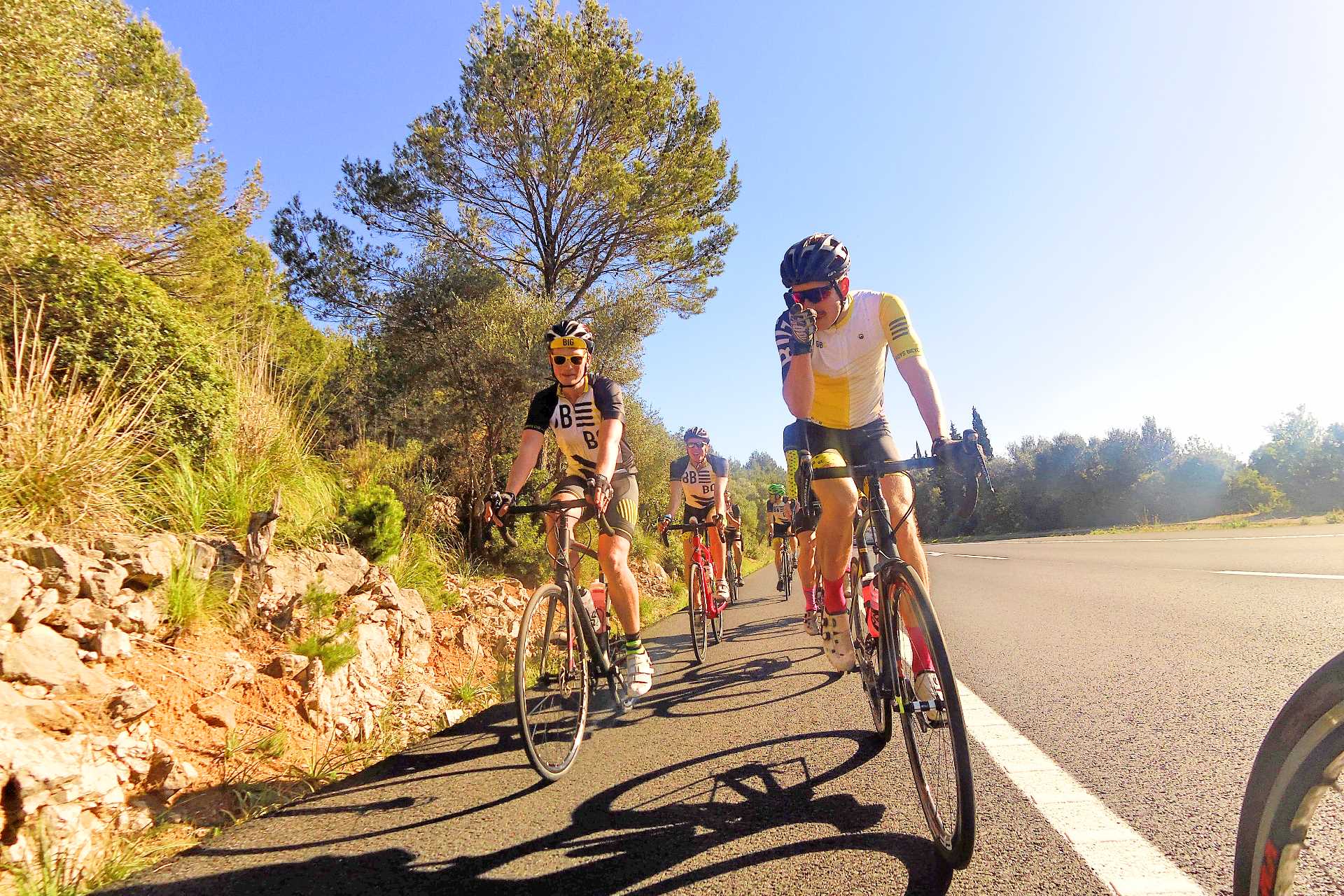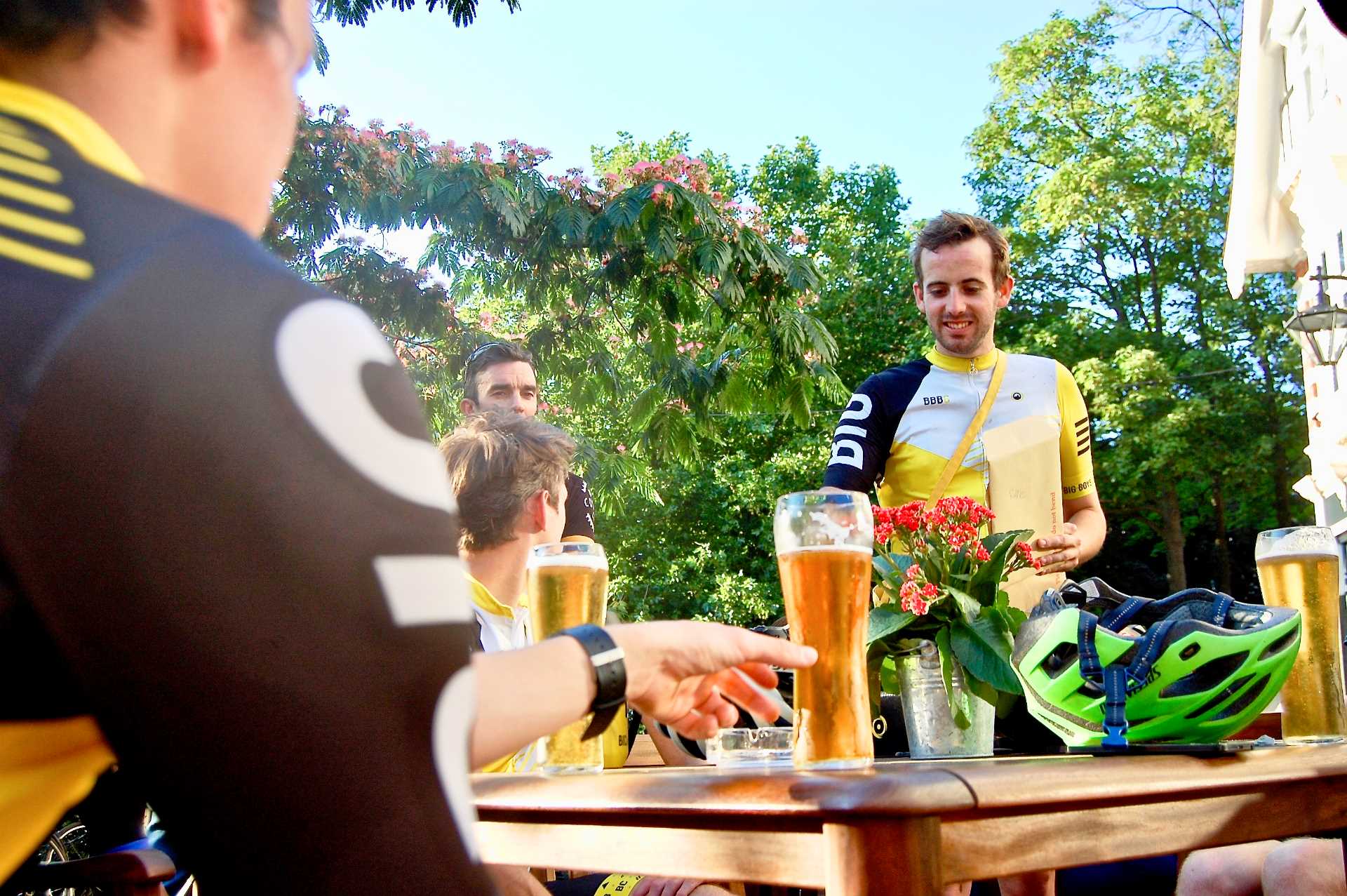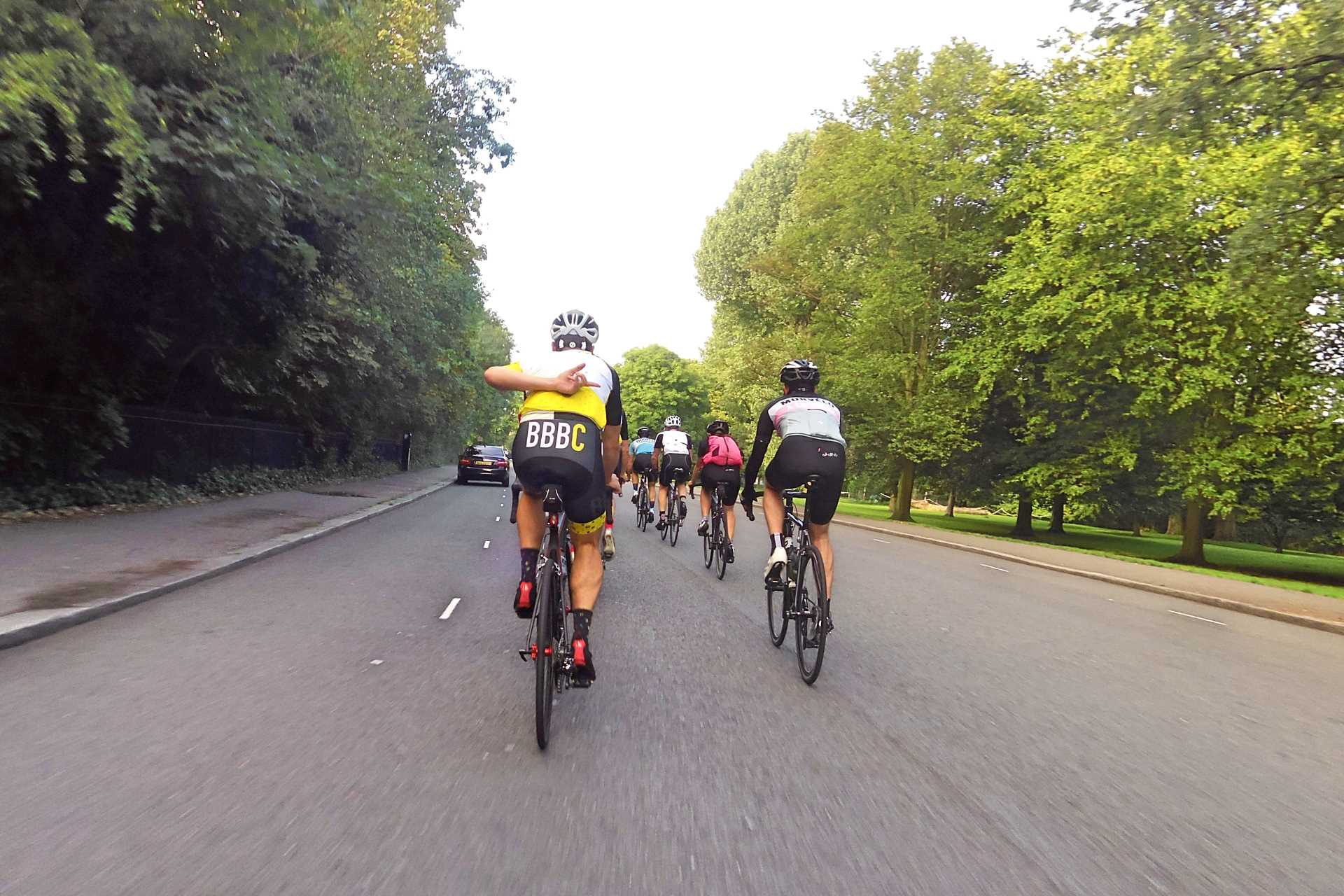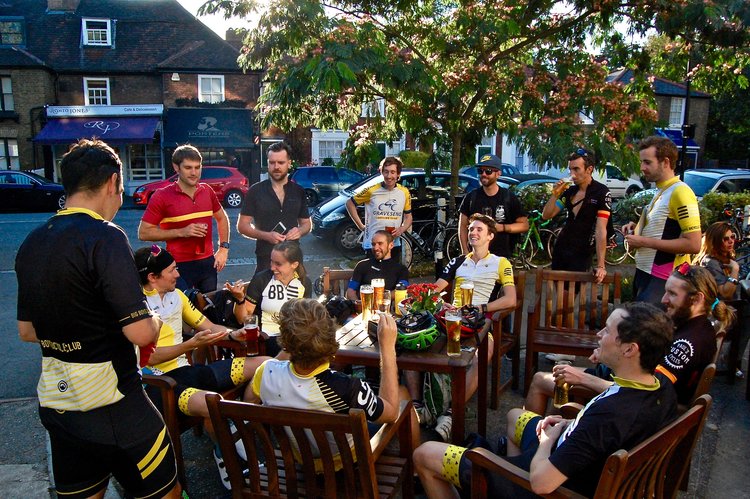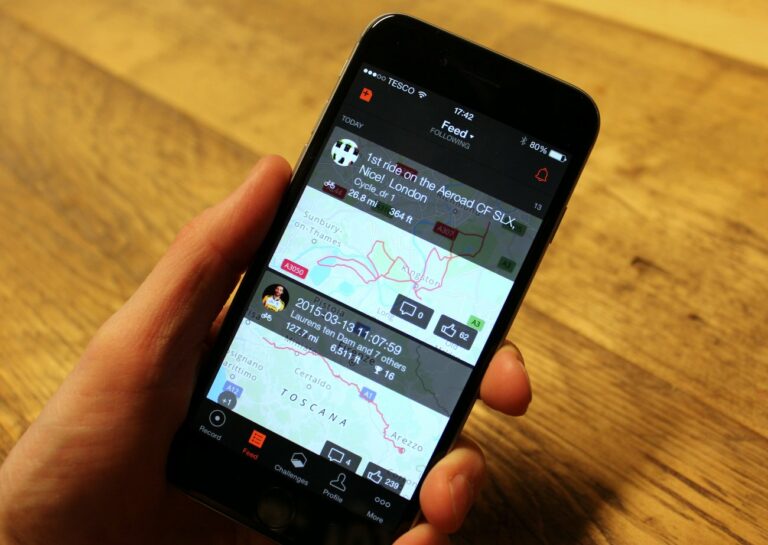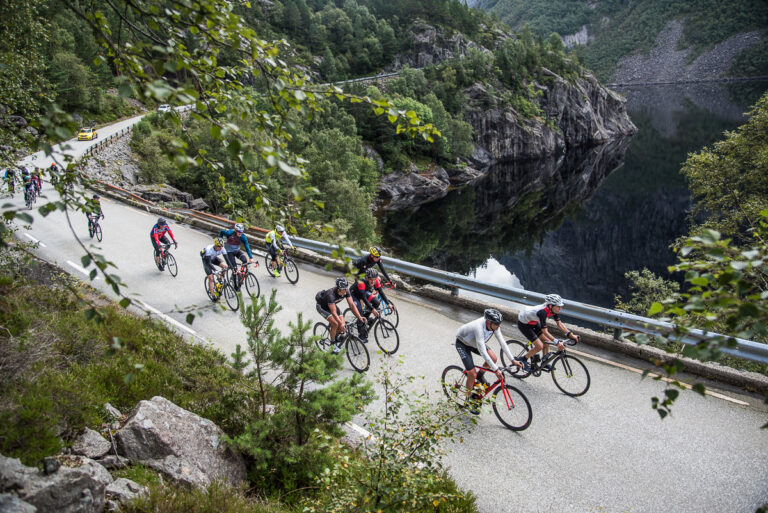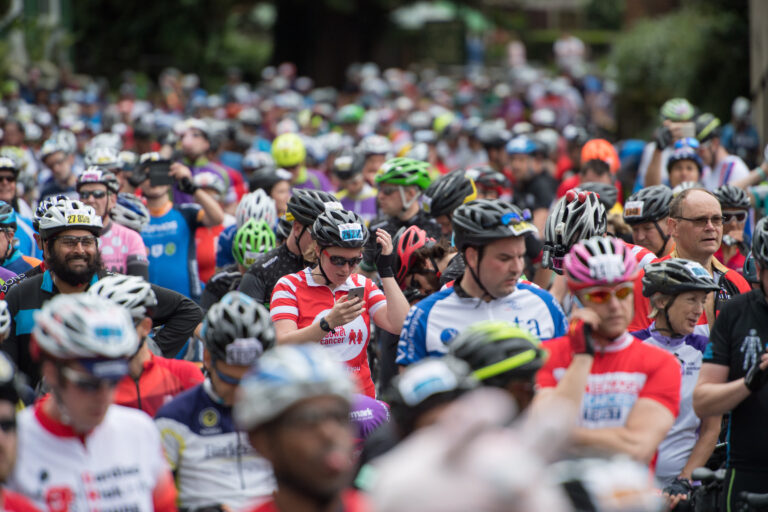In 2013 I started a cycling club. We called it Big Boys Bicycle Club, which was a somewhat sniffy epithet bestowed upon us by a girlfriend of mine. “Have you been out with your big boy’s bicycle club?” she would ask. We capitalised some letters and dropped the apostrophe and a club was born.
Back then it was a club in name only. Five of us would ride together. We’d always ridden together before that, but putting a name on it seemed to formalise things. Now we have around 100 members.
We didn’t actually do the ‘admin’ bit of founding a club until much later. Registering first with Cycling Time Trials, the national body regulating time trials and hill climbs in the UK, and then shortly after that with British Cycling.
